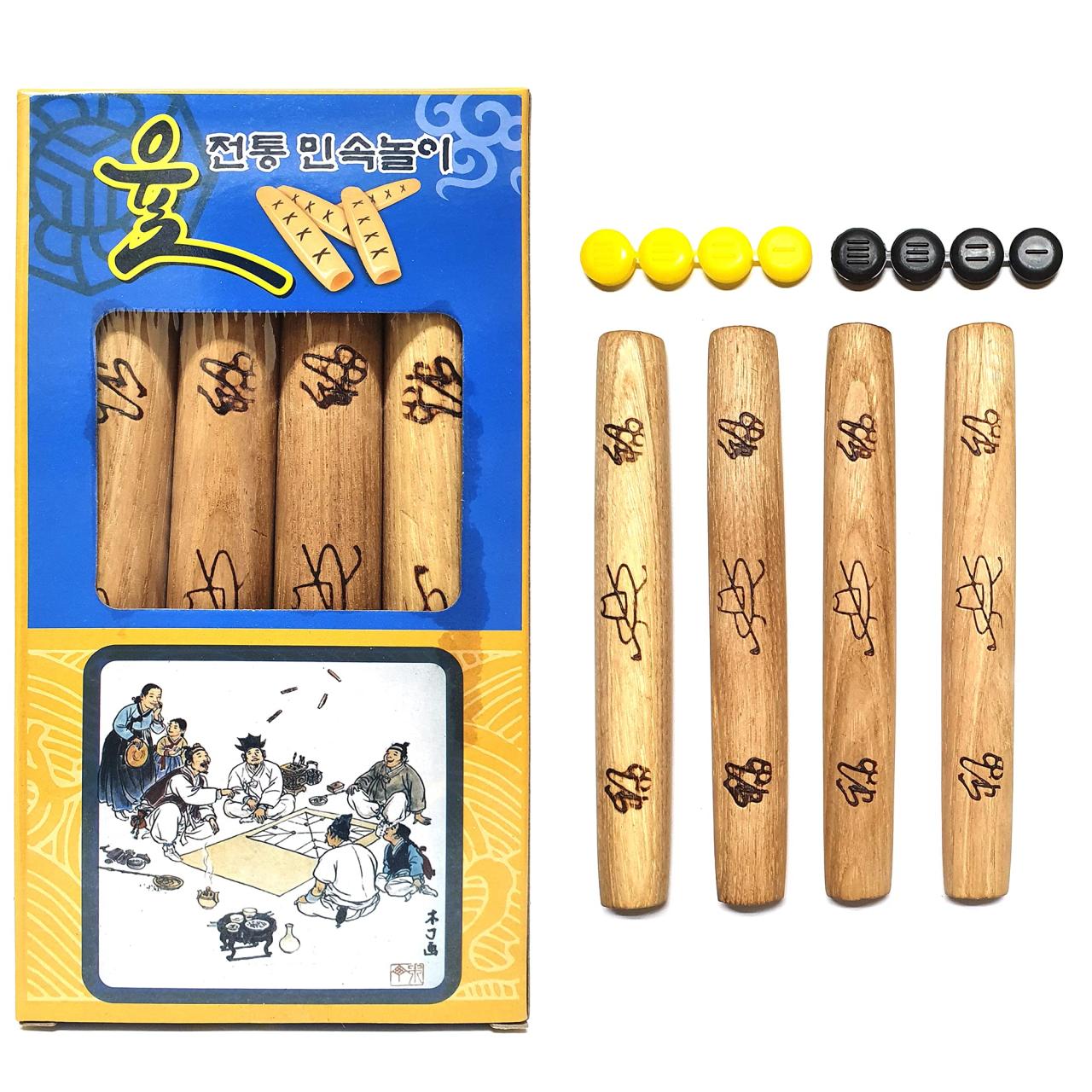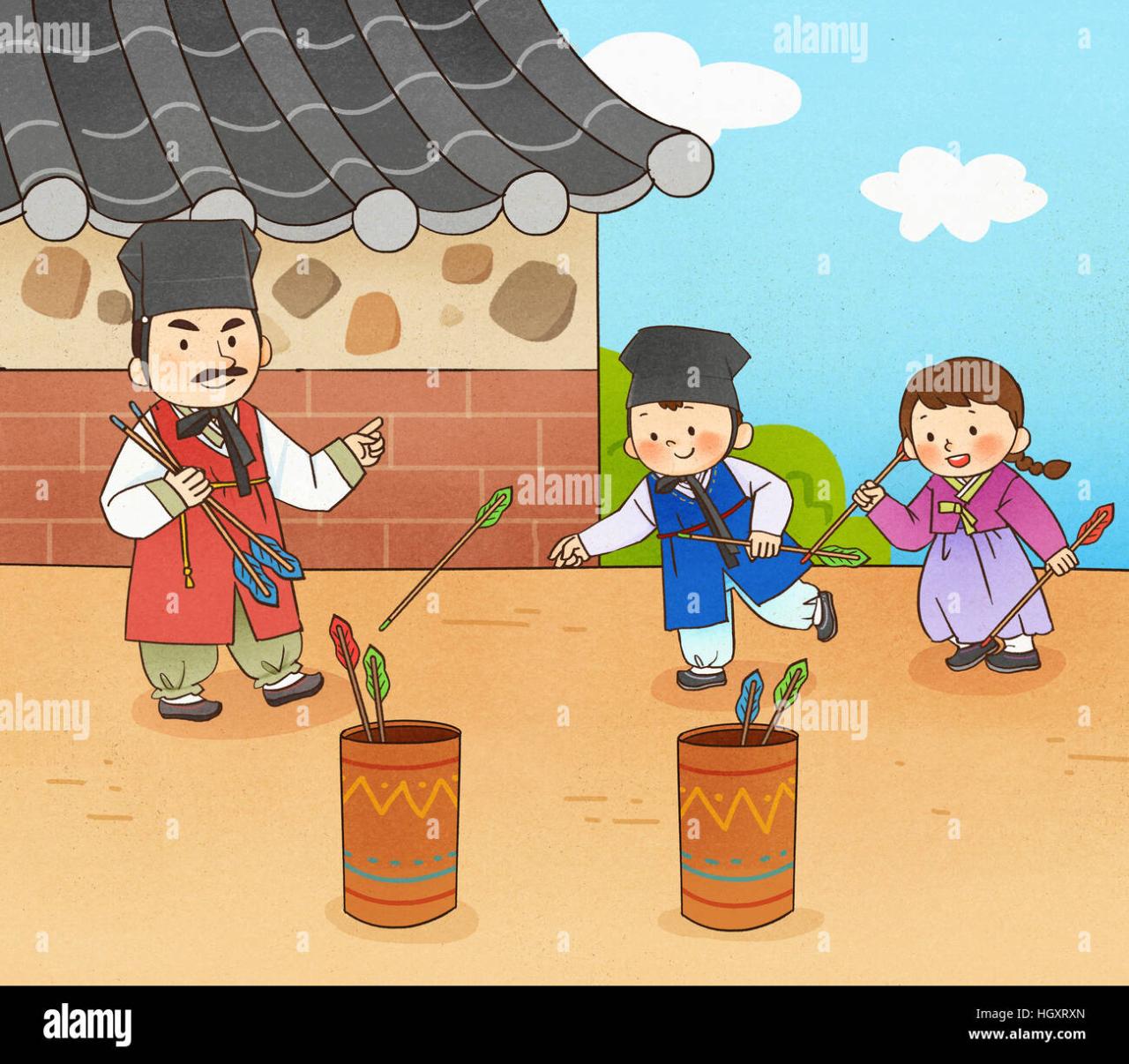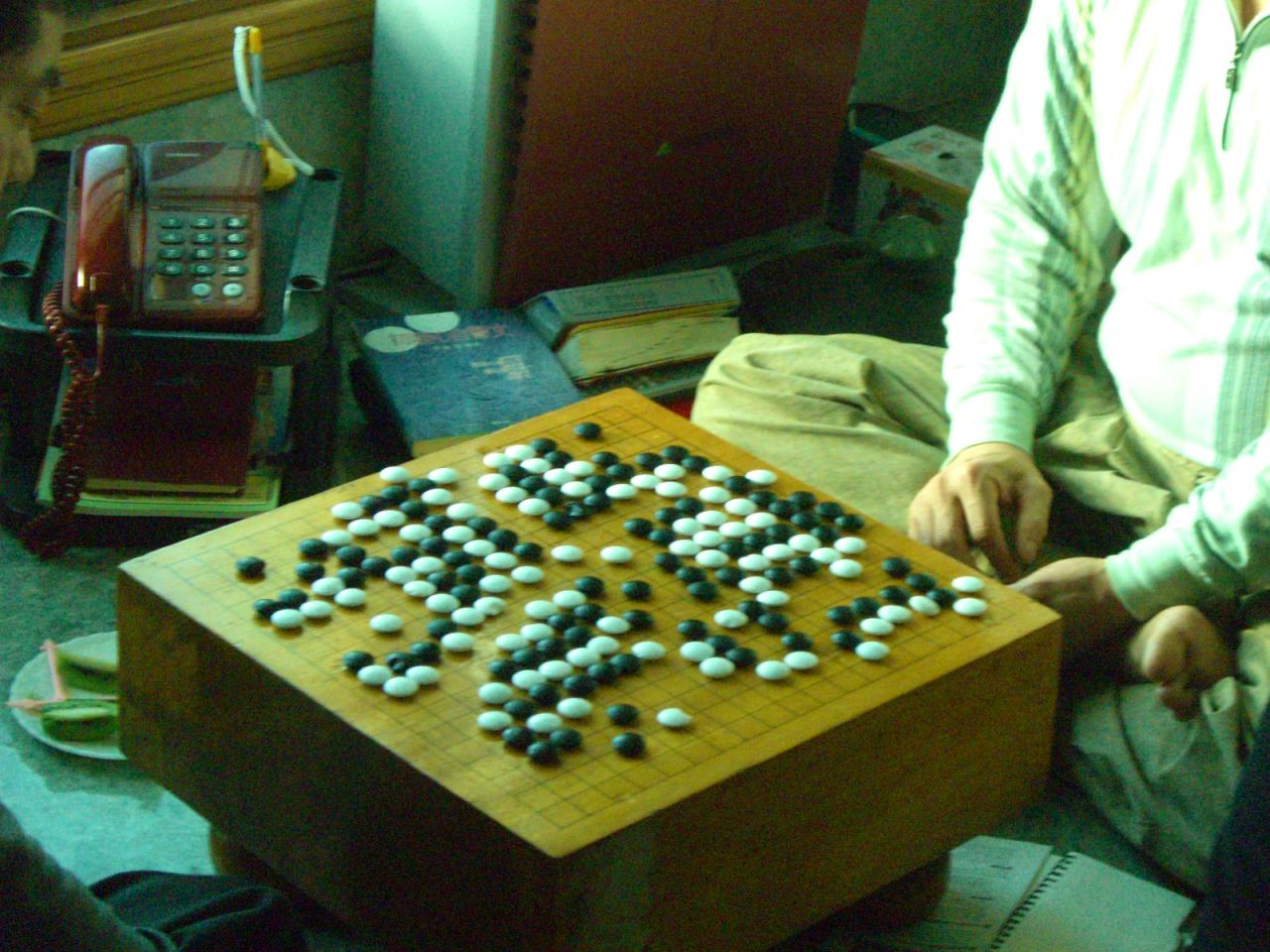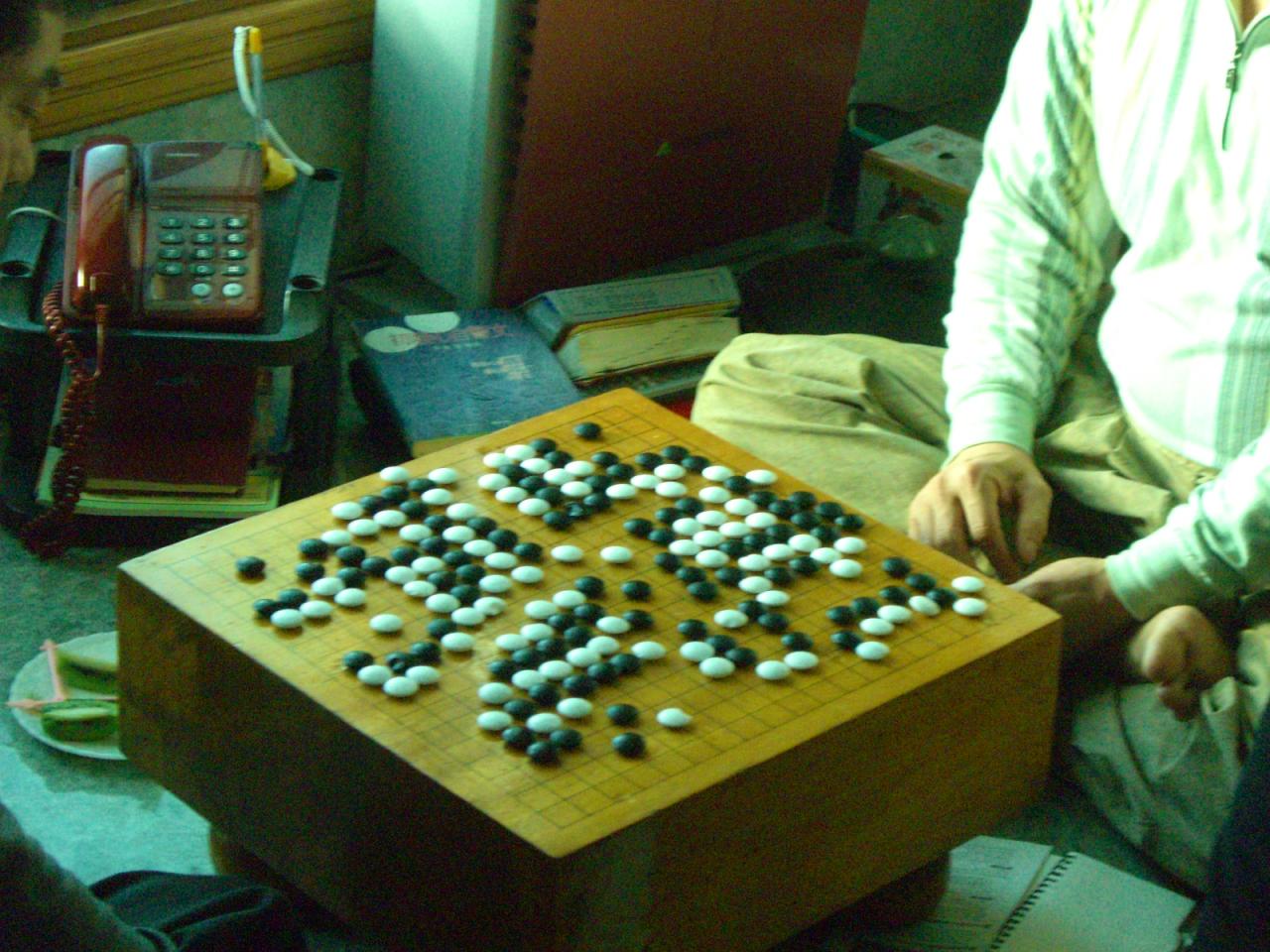Gonggi game, a traditional Korean game, offers a captivating blend of skill, strategy, and cultural significance. This ancient pastime, played with small, flat stones or tiles, involves tossing and catching the pieces with remarkable dexterity. Its simple rules belie a depth of gameplay that has captivated generations, making it a beloved game across Korea and beyond. We’ll delve into its history, explore its various regional variations, and uncover the secrets to mastering this engaging game.
From its humble origins using natural materials to its modern adaptations, Gonggi’s journey reflects the evolution of Korean culture itself. Understanding the game’s nuances, from the materials used to the strategic techniques employed, unveils a rich tapestry of tradition and skill. Whether you’re a seasoned player or a curious newcomer, this guide will provide you with a comprehensive understanding of this fascinating game.
Gonggi: A Traditional Korean Game
Gonggi, a captivating Korean game of skill and dexterity, offers a blend of strategy and fun. Its simple yet challenging gameplay has made it a beloved pastime for generations, transcending time and evolving alongside cultural shifts. This article provides a comprehensive overview of Gonggi, exploring its history, gameplay, variations, and cultural significance.
Gonggi Game Overview
Gonggi’s origins trace back centuries to Korea, where it’s believed to have evolved from simpler games involving tossing and catching small objects. The exact date of its emergence is uncertain, but its enduring popularity speaks to its timeless appeal. The basic gameplay involves tossing and catching small, flat pieces called “gonggi” using the back of your hand. Different regions boast unique variations, altering rules, equipment, and even the overall strategy.
Basic Rules and Gameplay
A standard game typically uses five gonggi pieces. The objective is to skillfully toss and catch the pieces one by one, then gradually increase the number of pieces you manipulate. Points are awarded for successful catches, and penalties for dropped pieces. The game can be played individually or in teams, fostering competition and camaraderie.
Gonggi Variations Across Regions
Variations of Gonggi exist across different regions of Korea, reflecting local customs and preferences. Some variations use a different number of pieces, modify the catching techniques, or introduce unique scoring systems. These regional adaptations showcase the game’s adaptability and its ability to integrate into diverse communities.
Step-by-Step Guide to Playing Gonggi
- Gather five gonggi pieces.
- Toss one piece into the air.
- Quickly pick up one gonggi from the ground with the back of your hand.
- Catch the tossed piece.
- Repeat, adding one more gonggi from the ground each time until all five are collected and tossed.
- Continue until you make a mistake, dropping a piece.
Gonggi Variations Comparison
| Region | Equipment | Rules | Gameplay |
|---|---|---|---|
| Seoul | 5 flat, disc-shaped pieces | Points awarded for consecutive successful catches | Emphasis on quick reflexes and precise hand movements |
| Busan | 5 slightly larger, heavier pieces | Variations in the way pieces are collected | Focus on controlled tossing and strategic piece placement |
| Jeju Island | 4 pieces, different materials | Different scoring system based on the number of pieces caught | Incorporates unique tossing techniques |
| Gyeonggi-do | 5 pieces, potentially different colors | Specific order for collecting and tossing | More complex sequences and patterns |
Equipment and Materials
Traditionally, Gonggi pieces were crafted from natural materials like seeds, stones, or shells. These materials were readily available and reflected the resourcefulness of the game’s creators. Modern versions often employ plastic or metal, offering greater durability and consistency in weight and shape.
Traditional and Modern Gonggi Materials
The choice of material impacts the game’s feel and difficulty. Traditional materials, while varying in weight and texture, often imparted a unique tactile experience. Modern materials provide a more standardized playing experience, with consistent weight and durability. The weight, size, and material all affect the trajectory and ease of manipulation during gameplay.
Gonggi Piece Characteristics
A typical set of Gonggi consists of five pieces, each approximately 2-3 centimeters in diameter and 0.5-1 centimeter thick. Traditionally, they would be made from materials like smooth, round pebbles or seeds. Modern plastic pieces are often brightly colored for better visibility. The size and weight are crucial, influencing the difficulty of the game.
Visual Representation of Gonggi Pieces
Imagine five small, flat discs, each about the size of a quarter. They are vibrant in color, perhaps featuring a mix of red, blue, yellow, green, and purple. Their smooth surfaces reflect light, creating a subtle shimmer. They are lightweight yet durable, designed for easy handling and repeated use.
Gonggi, that awesome Korean game with the little discs, needs serious hand-eye coordination! It reminds me of the intense focus required watching the canada latvia game , where every move is crucial. Just like in gonggi, a single slip-up can change everything. So next time you play gonggi, remember the strategic thinking of those high-stakes matches!
Importance of Materials
The materials used in Gonggi directly affect gameplay. Heavier pieces require more force and control, while lighter pieces are easier to manipulate but might be more susceptible to wind. The choice of material, therefore, significantly influences the skill level required and the overall challenge of the game.
Gameplay Strategies and Techniques
Mastering Gonggi requires a combination of skill, practice, and strategic thinking. While the basic mechanics are simple, achieving high scores and complex maneuvers demands precision and control.
Advanced Gonggi Strategies
Advanced players develop techniques to optimize their tossing and catching, minimizing wasted movements and maximizing efficiency. This includes anticipating the trajectory of the pieces, using subtle wrist movements for greater control, and strategically positioning the pieces on the ground for easier collection.
Gonggi, that awesome Korean game with the little pebbles, is something I always think about when I’m trying to focus. It reminds me of simpler times, before I learned about the devastating Jeju air crash , a tragedy that unfortunately highlights how fragile life can be. Thinking about the game helps me center myself, reminding me of the small joys that matter most.
Tips and Tricks for Mastering Gonggi
- Practice consistent tossing technique.
- Develop a smooth, controlled scoop for picking up the pieces.
- Focus on maintaining balance and hand-eye coordination.
- Experiment with different tossing angles and heights.
Role of Skill and Practice
Consistent practice is key to improving Gonggi skills. Regular play helps develop muscle memory, refine hand-eye coordination, and improve precision. This gradual refinement of technique is what separates casual players from those who can execute complex maneuvers.
Common Beginner Mistakes and Solutions
- Problem: Inconsistent tossing. Solution: Practice a consistent grip and tossing motion.
- Problem: Difficulty scooping pieces. Solution: Practice scooping techniques with fewer pieces.
- Problem: Lack of focus. Solution: Concentrate on each step of the process.
Key Skills for Gonggi Excellence
- Hand-eye coordination: Essential for accurate tossing and catching.
- Precision: Crucial for controlled movements and precise scooping.
- Dexterity: Enables quick and efficient manipulation of the pieces.
- Spatial awareness: Important for judging distances and piece positions.
Gonggi Game in Culture and Society
Gonggi holds a significant place in Korean culture, representing a connection to tradition and a source of communal bonding. Its evolution reflects broader societal changes and technological advancements.
Gonggi, that awesome Korean game with the small stones, teaches hand-eye coordination and strategy – skills you definitely need! Think about it – the precision needed is similar to the intense focus required by Player 001 in player 001 squid game , though hopefully with less deadly consequences. Mastering gonggi takes practice, just like surviving the Squid Game’s challenges; both require patience and a steady hand.
Cultural Significance of Gonggi

Gonggi has been a traditional pastime for generations, fostering a sense of shared heritage and cultural identity. It’s often associated with childhood memories and simpler times, evoking feelings of nostalgia and community.
Social Aspects of Playing Gonggi
Gonggi is frequently played in groups, promoting social interaction, cooperation, and friendly competition. These interactions contribute to community building and the development of social skills.
Evolution of Gonggi Over Time
While the core gameplay remains consistent, Gonggi has adapted to modern contexts. Variations in rules, materials, and playing environments reflect evolving societal norms and preferences. The game has even found its way into educational settings, used to enhance motor skills and hand-eye coordination.
Gonggi in Traditional and Modern Society
Traditionally, Gonggi was a ubiquitous game played informally in streets and neighborhoods. Today, while still enjoyed informally, it’s also found in organized settings, schools, and even as a competitive sport in some communities.
Impact on Motor Skills and Hand-Eye Coordination
Gonggi’s repetitive yet challenging nature makes it an effective tool for developing fine motor skills, hand-eye coordination, and spatial reasoning. The game’s demand for precision and control contributes to improved dexterity and concentration.
Gonggi Game Variations and Adaptations
Numerous variations of Gonggi exist, demonstrating the game’s adaptability and its ability to integrate into diverse contexts and skill levels.
Distinct Gonggi Variations, Gonggi game
- Variation 1: Uses only three gonggi pieces, simplifying the gameplay for younger children.
- Variation 2: Incorporates a scoring system based on the number of consecutive successful catches.
- Variation 3: Introduces challenges involving tossing the pieces to specific targets or patterns.
Comparison of Gonggi Variations
These variations differ primarily in the number of pieces used, the complexity of the catching sequences, and the scoring system. Some versions focus on speed and reflexes, while others emphasize strategic planning and precise movements.
Regional Differences in Gonggi
Regional variations often involve minor rule changes or adjustments in equipment. These modifications reflect local customs and preferences, adding a layer of diversity to the game’s overall experience.
Modifications for Different Age Groups and Skill Levels

- Reduce the number of pieces for younger children.
- Simplify the catching sequences for beginners.
- Introduce more complex maneuvers for advanced players.
- Adjust the size and weight of the pieces to suit different age groups.
Detailed Explanation of a Specific Variation

The three-piece variation simplifies the standard game by reducing the number of pieces. This modification makes the game more accessible to younger children or beginners, allowing them to focus on developing fundamental skills before progressing to the more challenging five-piece version. The rules remain largely the same; however, the reduced number of pieces lowers the complexity and increases the likelihood of success.
Conclusion
Gonggi game isn’t just a game; it’s a window into Korean culture, a testament to the enduring appeal of simple yet challenging activities, and a celebration of skill and precision. From the meticulous craftsmanship of the pieces to the strategic depth of the gameplay, Gonggi offers a unique and rewarding experience. So gather your gonggi pieces, find a friend, and experience the fun and challenge this ancient game provides.
You might just find yourself hooked!
FAQs
How many players can play Gonggi?
Typically, two players play Gonggi, but variations allow for more.
What happens if you drop a gonggi piece during the game?
The rules vary depending on the specific variation, but usually, dropping a piece results in a loss of turn or a penalty.
Where can I buy a Gonggi set?
You can find Gonggi sets online through retailers specializing in Asian games or crafts, or sometimes even at local Asian markets.
Are there age restrictions for playing Gonggi?
No, but younger children might need help with the more advanced techniques. Simpler variations exist for beginners.
